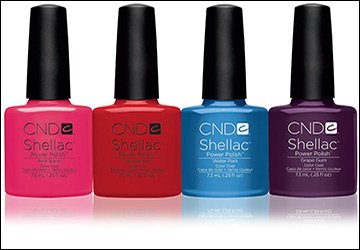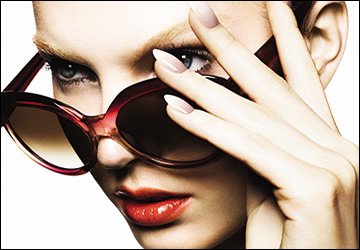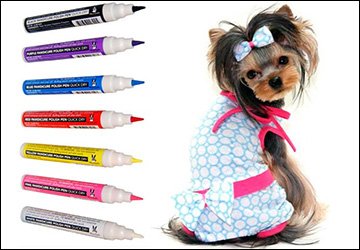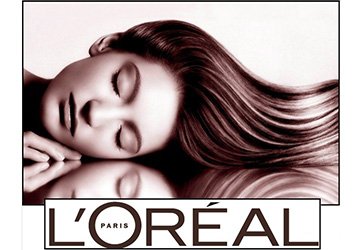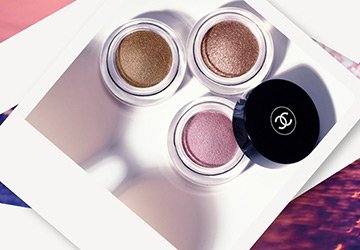Fashion history
Nail polish - composition and history
Nail polish as we are used to seeing it today became popular in the 1930s thanks to a man named Charles Revson.
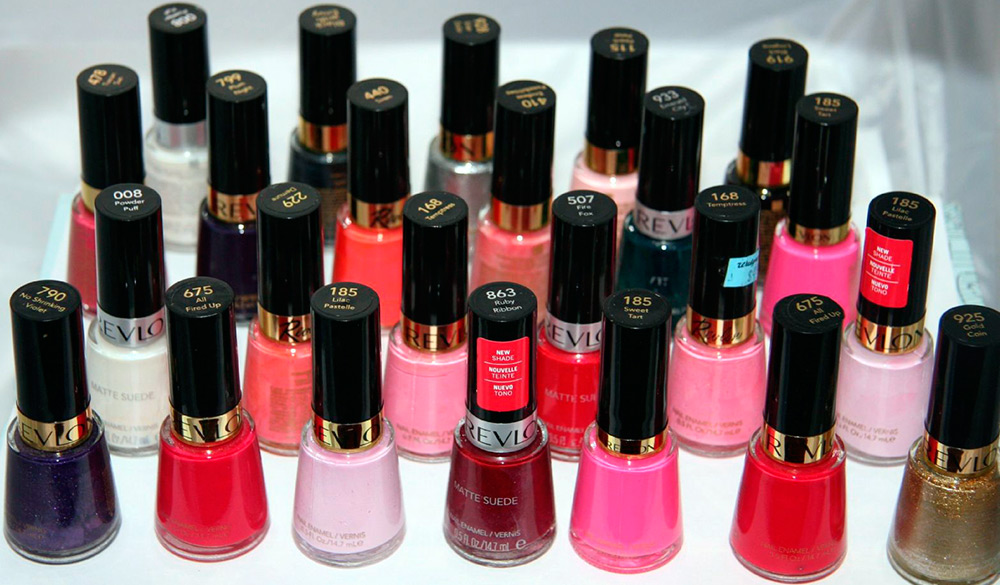
In 1931, Charles Revson joined the Elka nail polish company. In this company, Charles Revson worked as a sales representative. However, he soon quit his job and, together with his brother Joseph, as well as a partner named Charles R. Lachman, founded his own cosmetics company - Revlon.
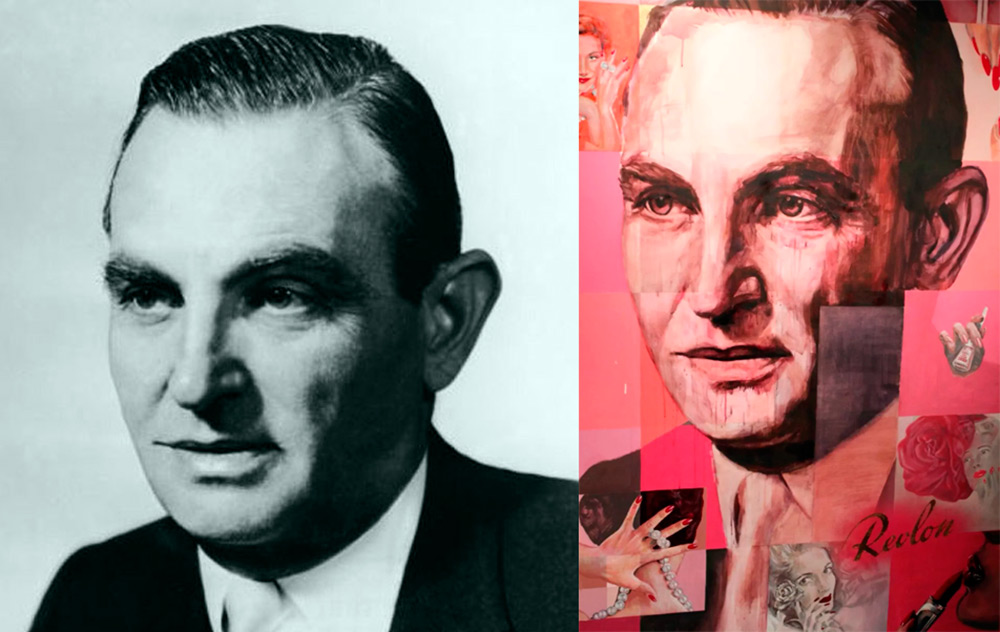
Charles Revson
The name of the company comes from the two surnames of its founders - Revson and Lachman. However, Lachman soon retired, and Revson made Revlon the most famous manufacturer of nail polishes.
Charles Revson - the man who painted his nails
Elena Rubinstein, a woman who went down in history as one of the first two ladies of the beauty industry, the second was Elizabeth Arden, called Charles Revson nothing more than "nail man" or "nail lover". Elizabeth Arden and Elena Rubinstein, two women who created some of the world's first cosmetic brands, unanimously disliked the first successful man in the promotion of cosmetics, Charles Revson.
Charles Revson presented his first nail polish in 1935. The advertising campaign of Revlon varnish was so successful that soon varnishes, along with lipstick, became mandatory cosmetics for all women in Europe and America.
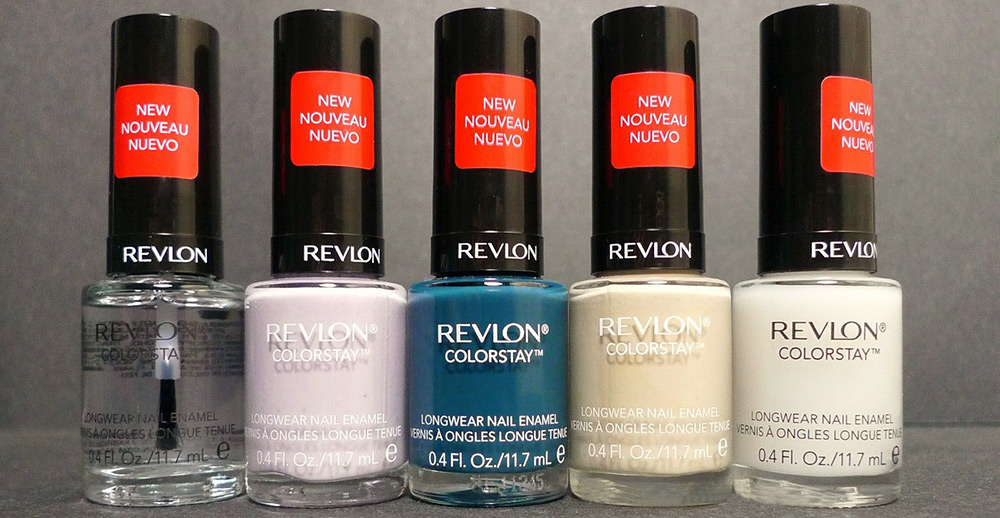
Revlon nail polish from the 2024 Colorstay collection
This was a jubilee collection for the 80th anniversary of the company
Revlon was founded in 1932
It was Charles Revson who was the first to propose to combine nail polish and lipstick by color, and also releases seasonal collections of nail polish shades in parallel with collections of clothes from famous fashion houses.
Charles Revson was also a man who painted his nails. For example, before a marketing meeting, he painted his nails with different colors of varnish and thus clearly demonstrated his varnish to a potential buyer. Also, Charles Revson varnished his nails at night to make sure of its quality, to test his product for strength.
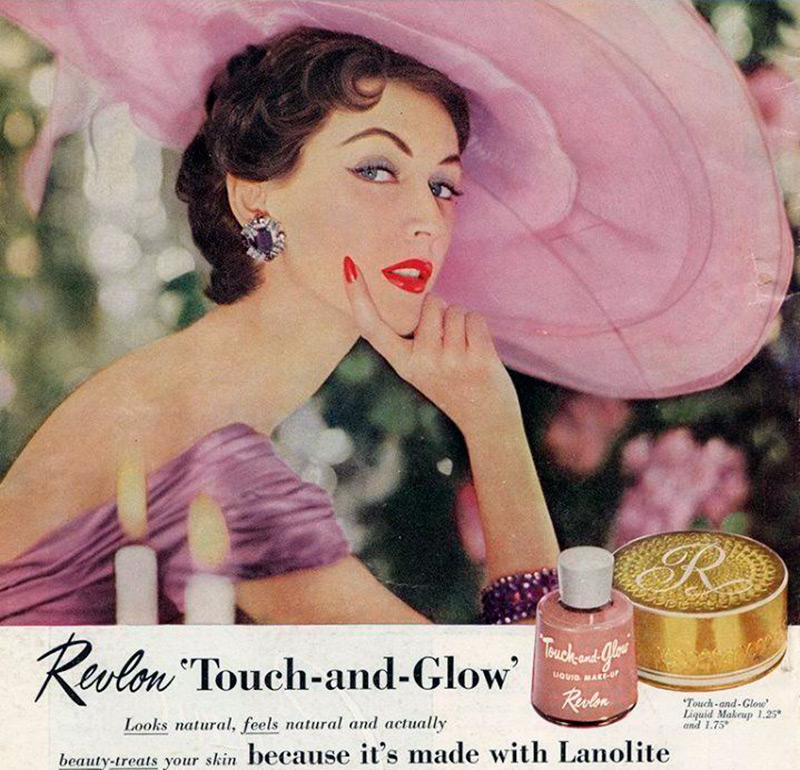
Undoubtedly, if not for Charles Revson, nail polish in the twentieth century, and even today, would not have been so popular.
Nitrocellulose - from use in car painting
to nail polish
to nail polish
But the varnish itself appeared before the founding of the Revlon company. Nail polish in the form we are accustomed to today was invented at the beginning of the twentieth century in connection with the advent of an artificial polymer of nitrocellulose. Nitrocellulose began to be used in the 1920s in the automotive industry.
When painting cars, the addition of nitrocellulose made the paint dry faster. But not only did car paint dry quickly, with the addition of nitrocellulose, the drying process of nail polish became quicker. As a result, women began to paint their nails much more often than in the 1910s, when liquid nail polishes were produced.
But until the advent of Revlon varnishes, that is, until the 1930s, the color of nail polish still had to be invisible. And only in the 1930s did the fashion for bright red lacquer appear.
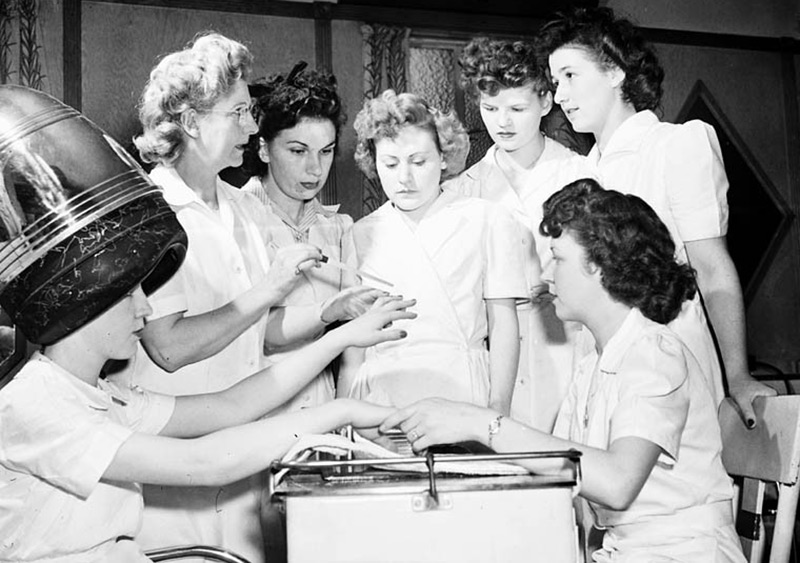
The history of nail polish from ancient Egypt to China
However, in the days of Ancient Egypt, women painted their nails. In ancient Egypt, nails covered with orange or red paint were considered a sign of a high position in society. In those days, henna or kermes were used to paint nails. Kermes is paintwhich gave dark red hues. It was made from dried crushed beetles.
Henna is a paint made from dried leaves of thornless lawsonia, traditionally used to color hair, nails, and apply drawings to the skin.
It is known that the most beautiful queen of Ancient Egypt, Nefertiti, painted her nails with ruby red paint, and the most powerful queen of Ancient Egypt, Cleopatra, painted rusty red.
They also painted their nails in ancient Babylon. Moreover, in Babylon, soldiers painted their nails before the battle. So, archaeologists in the tombs of Ur (a city in the southern part of the Babylonian kingdom, which existed from the 4th millennium to the 4th century BC), whole sets for manicure were discovered.
In Persia, henna was used to paint nails, as in Ancient Egypt. In henna, to make its color darker, ammonium salts and lime could be added. And if the women of Persia painted their nails with henna, then the men painted their beards with her. And with the help of henna, ornamental drawings were applied to the brides' hands. The custom of applying henna on hands is still preserved in India.
In China, nails were also painted. For example, during the Ming Empire (1368-1644), red and black nail paints were popular. Nail polish in China was made from mixtures of egg whites, gelatin, beeswax, gum arabic (a resin consisting of dried sap of different types of acacia), vegetable dyes.
Nail polishes, which were used in Ancient Egypt, Babylon, Persia, China, dried for several hours. Just like the varnishes that were used in Europe in the 19th century.
In the 19th century in Europe, varnishes were made by the masters themselves, who were engaged in manicure. And, accordingly, the recipes for each master were slightly different. However, the common thing was that these varnishes dried for a long time. Most often, in the 19th century, nail varnishes were a mixture of carmine (a bright red paint produced by cochineal insects), tin oxide, bergamot and lavender oils.
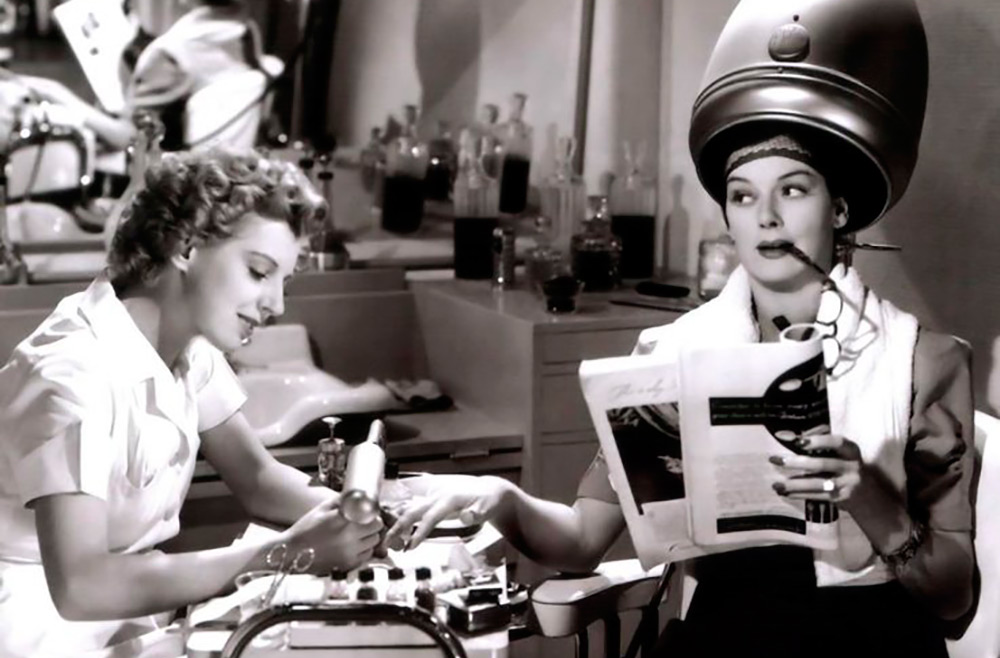
Until the XIX century, and in the XVII-XVIII centuries, and during the Renaissance, and in Late Middle Ages in Europe nail polish was not known. Perhaps this was due to the fashion for wearing gloves.
But somewhere before the XIV century in medieval Europe, nails were tinted with red vegetable oils and polished with suede. They also polished their nails in ancient Rome. And the Celtic tribes used a gruel made from madder root to give the nails a pink color.
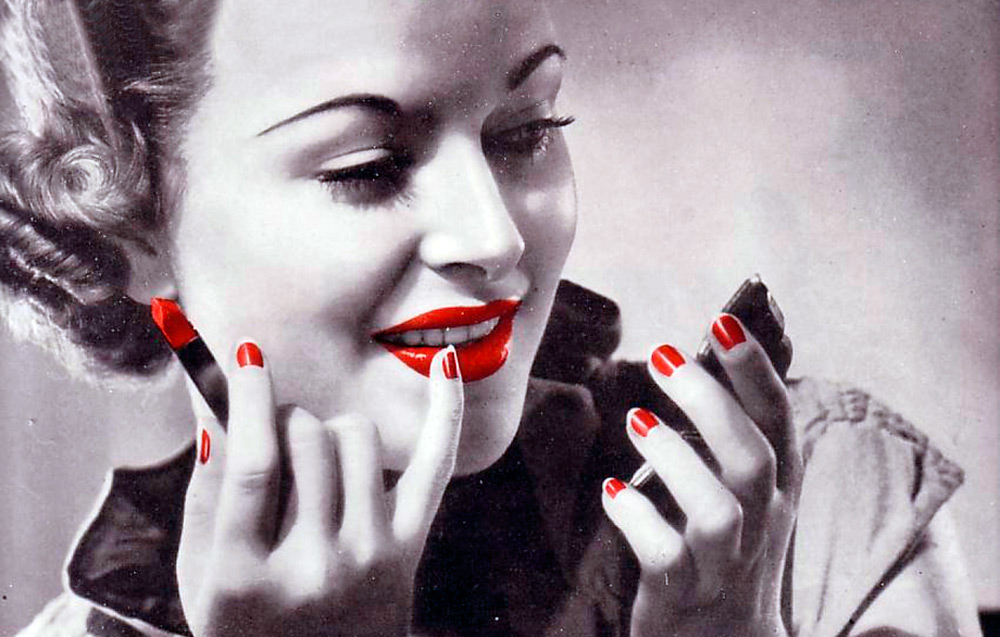
Modern nail polish - composition
1. The basis is polymers. These are nitrocellulose derivatives (give nails a glossy shine and form a film) and tosylamide / formaldehyde resins (they interact with nitrocellulose and reduce its fragility).
2. Plasticizers - make the nail polish elastic and also increase its durability. The natural substance camphor or the chemicals triphenyl phosphate and pentanyl diisobutyrate can be used as plasticizers.
3. Solvents - contribute to the drying of the varnish, unite all its elements, and also give it a scent. There will always be several solvents in any nail polish, as they evaporate in different time frames. For example, ethyl alcohol or butyl acetate are used as solvents in nail varnishes. Butyl acetate is the slowest evaporating solvent made from acetic acid and butanol.
4. Pigments - dyes. Dyes can be both natural and artificial. And also be a mixture of natural and artificial colors. For example, bismuth chloroxide or mica gives a pearlescent shine to nail polish. D&C Red # 6 Lake is a cosmetic organic pigment dispersed in castor oil that gives nail polish a red color. And the dye FD & C Yellow # 5 Aluminum Lake is a synthetic lemon dye, respectively, it gives the varnish a yellow color.
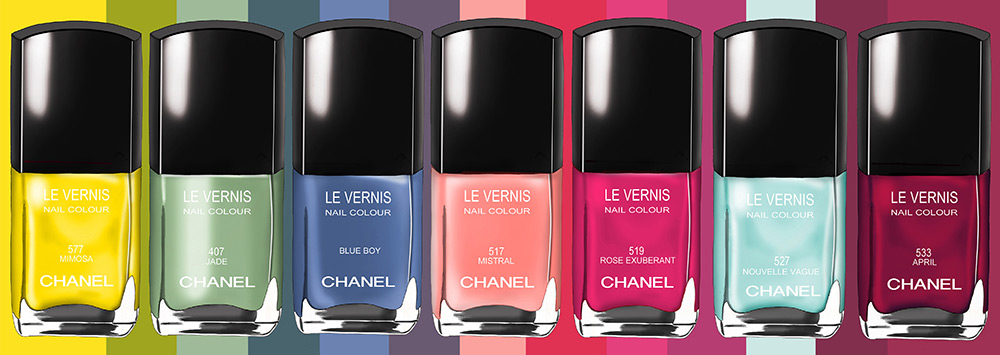

Comments and Reviews
Add a comment
Rating news
Shades of clothing that make women look younger
What shades of hair make women younger: rules and photos
Funny wedding dresses - photos and ideas
12 most expensive down jackets for the winter
How to look 25 at 40: tips from supermodels
Beautiful schoolgirls
Anti-aging haircuts and hairstyles for women
Fashionable skirts for autumn and winter
Fashionable women's trousers for the cold season
Fashionable and stylish sandals for summer 2024
Spring-summer 2024
 Fashionable dresses and tops with thin spaghetti straps
Fashionable dresses and tops with thin spaghetti straps
 Bandana tops: how to wear stylishly and beautifully
Bandana tops: how to wear stylishly and beautifully
 How to put together the perfect men's wardrobe for the summer
How to put together the perfect men's wardrobe for the summer
 Trendy shorts for spring-summer 2024
Trendy shorts for spring-summer 2024
 Fashionable skirts for spring-summer 2024: a guide to online shopping
Fashionable skirts for spring-summer 2024: a guide to online shopping
 The most fashionable dresses spring-summer 2024: styles and colors
The most fashionable dresses spring-summer 2024: styles and colors
 Fashionable total look 2024: image ideas and trends
Fashionable total look 2024: image ideas and trends
